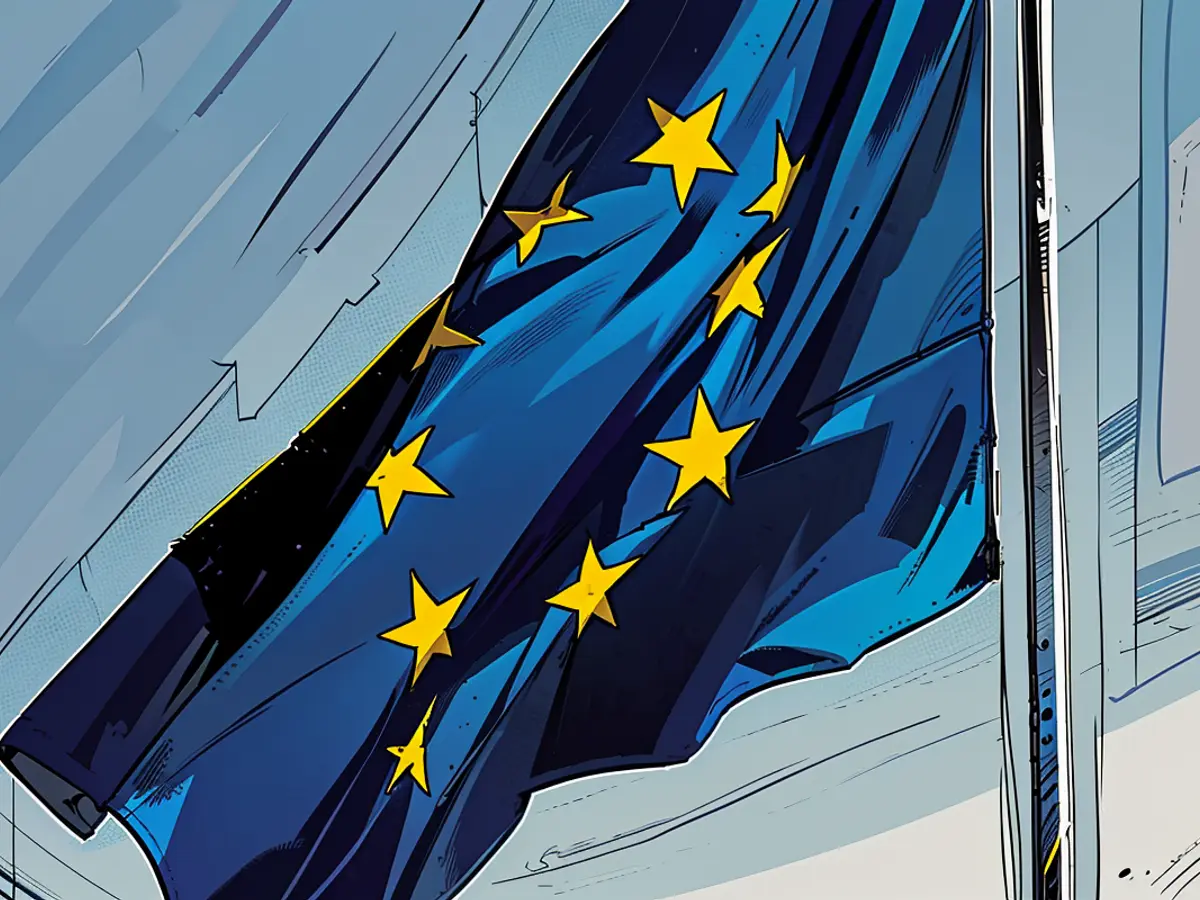Updated air pollution threshold levels within the EU jurisdiction
In the crusade against environmental air contamination, more stringent boundaries and objectives for various pollutants will be enforced in the EU in the near future. As reported, the EU member states adopted corresponding regulations in Luxembourg.
Stricter tolerances are now in place for pollutants like fine dust, nitrogen dioxide (NO2), and sulfur dioxide (SO2). The European Parliament reasons that these pollutants have a significant impact on public health.
The new regulations aim to decrease the number of premature deaths due to air pollution. EU citizens are also entitled to compensation if they succumb to illnesses directly linked to excessively high pollutant levels.
The Council of the European Union's confirmation marked the final required step towards the new regulatory framework. Previously, the European Parliament had already approved the new boundary values. The regulations are set to be published in the EU Official Journal, which will trigger their enactment.
The countries then have two years to integrate these regulations into their domestic laws. However, by 2030 at the latest, EU states should no longer surpass these new boundaries, though extensions might be considered under select conditions. As per EU forecasts, air pollution is currently responsible for the premature deaths of approximately 300,000 people annually, making it the most critical health risk due to environmental factors.
Air pollution remains a significant public health concern in the EU, with fine dust, nitrogen dioxide, and sulfur dioxide being major contributors. The new regulations aim to greatly reduce the air pollution levels, potentially saving thousands of lives annually.








